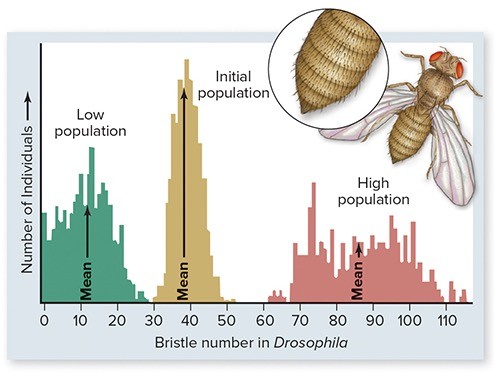Which of the processes is specifically performed in the S phase of interphase?
A. RNA processing
B. Translation
C. Transcription
D. DNA replication
Answer: D. DNA replication
You might also like to view...
The net outcome of predator-prey interactions in the basic Lotka-Volterra models is that
A) the predator drives its prey to extinction and then goes extinct itself. B) the prey population declines and this causes the predator population to also decline. C) predator and prey populations eventually converge on equilibrium population sizes that are maintained into infinity. D) predator and prey populations oscillate, with each predictably increasing and decreasing in response to the other.
Based on the outcome for plants, a monkey eating a banana is a
A. disperser. B. fertilizer. C. parasite. D. pollinator.
How does cytokinesis in plant cells differ from that of animal cells?
A. The endoplasmic reticulum forms a cell plate. B. Microtubules are constructed into a cell plate pattern. C. The Golgi apparatus produces vesicles that migrate along microtubules and fuse to make a cell plate. D. The plasma membrane divides by cytokinesis as in animal cells, and then secretes a cellulose cell wall.
The figure below shows results of bristle number in Drosophila flies after 35 generations of artificial selection. This figure suggests that
A. after 35 generations of selection, populations no longer exhibit variation in bristle number. B. bristle number has evolved beyond the original range of phenotypic variation for this trait. C. natural selection cannot lead to large phenotypic changes. D. at the end of the experiment, "high population" flies were unable to interbreed with "low population" flies.